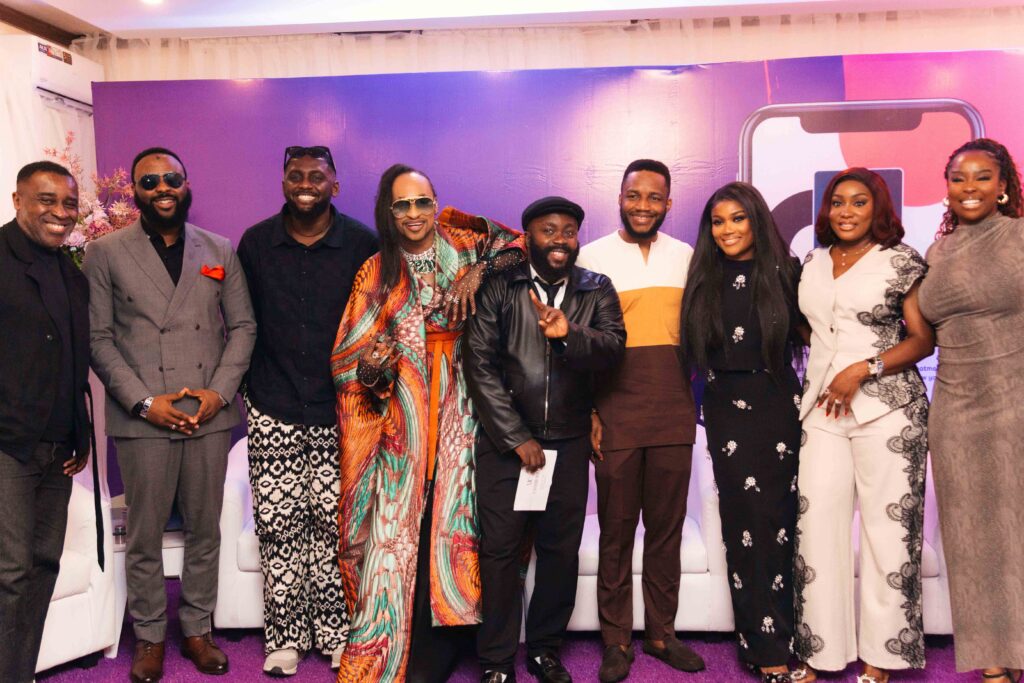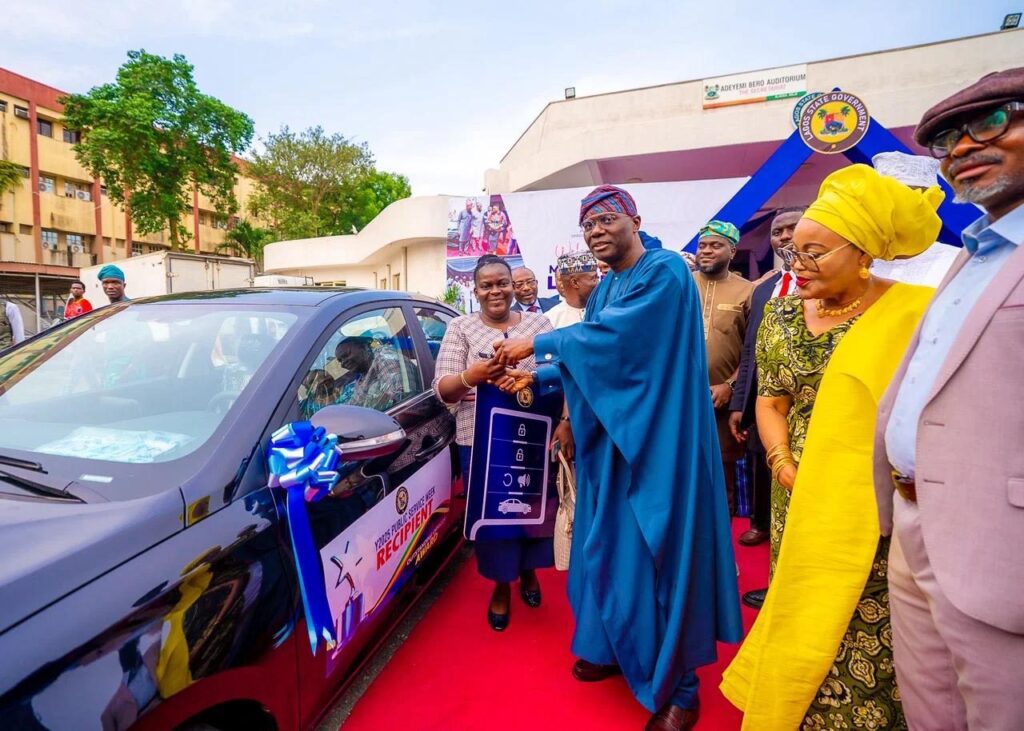
I got my first makeup — a bottle of liquid foundation — when I was 11. My mom gave me a few bucks for the purchase. I ran to the convenience store, plucked the bottle off the shelf, and ran back home to try it out. It’s one of my more vivid childhood memories; I’d been bugging my mom for months. I’d tried makeup before — my friends’ glittering eyeshadows and bright lipsticks — but hadn’t possessed any of my own.
The beige liquid was symbolic. It was control. With it, I could change the feature I hated most about my face: my freckles. I didn’t have a cute spattering of freckles like some of my friends. My face was covered, freckles so close to other freckles they sometimes seemed to blur. Propped up on the bathroom sink, I got as close as I could to the mirror and started to cover my face with one thick layer that obscured every last dot.

Back then, I felt like freckles were a reflection of my imperfection — I think a lot of young women did. For whatever reason, freckles felt “nerdy” or “geeky.” I don’t remember exactly when I started to think of my freckles as something other than bad. It must have been a gradual shift, one that’s been forming for nearly two decades after my first encounter with foundation. But my image of myself and my freckles has changed. Whereas once I wanted nothing more than my freckles to go away — at an even younger age I tried to literally scrub them off — I now want to enhance them, to make them come back. I no longer wear foundation, and that, too, is because of my freckles. Instead, I use a tinted moisturizer that lets my freckles show through.
Thankfully, these days, along with plenty of other antiquated beauty standards, freckle-related shame doesn’t really exist. They’re now considered desirable, as seen on Swedish model Sabina Karlsson on the runway and in Gap campaigns and all over Fenty’s Instagram page — far from the “nerdy” freckles of the past. Duchess of Sussex Meghan Markle was even praised for embracing her freckles. They’re such a popular beauty trend, in fact, that some people are tattooing or drawing them on.

It hasn’t been that way for long, though. Just three years ago in 2015, Remi Brixton went viral after launching a Kickstarter campaign, Freck Yourself. The semi-permanent freckle tattoo kit was mocked on social media. Why would someone want to add freckles, was the general consensus.
“The only response I got was that no one wanted freckles,” Brixton told me. “Everyone was trying to cover theirs up.” It was one of the first times anyone had heard of faux-freckles, she said. Now, Brixton runs Freck, a faux-freckle cosmetics company that’s grown from social-media confusion to a five-product line, including a freckle pen, clay mask, serum, moisturizer, and eye cream.
This shift toward a more freckle-friendly mentality might have something to do with increased interest in the idea of natural beauty. Consumers no longer want to see an obviously photoshopped face and are instead opting for a “perfectly imperfect” image, as evidenced by the success of beauty brands like Glossier, which closed a $52 million funding round this year. Glossier and brands like it capitalize on the perceived simplicity of no makeup makeup. Companies like CVS and Aerie are no longer photoshopping their ads. Instagram users celebrate acne-positivity and no longer hide their stretch marks.
Instyle




